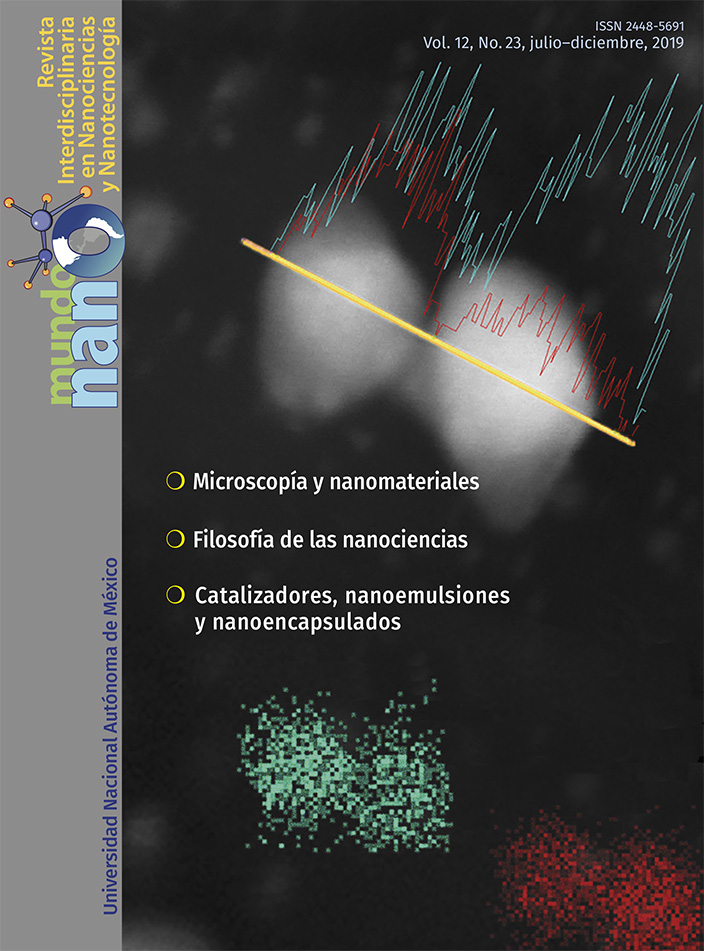La nanotecnologia y su aplicación en alimentos
Contenido principal del artículo
Resumen
La nanotecnología tendría un increíble potencial de aplicación en el sector alimentario a lo largo de la cadena alimentaria priorizando los requerimientos del consumidor. Tiene la capacidadde proveer nuevas formas de control y estructurado de alimentos con mayor funcionalidad y valor. En este trabajo se explican brevemente los principales conceptos de la nanotecnología y la implicancia que tiene la reducción de tamaño en sus propiedades. Se describen los principales nanoobjetos de uso potencial en alimentos y se ofrece una visión global de diferentes estudios llevados a cabo y sus aplicaciones en la industria alimentaria.
Descargas
Detalles del artículo

Mundo Nano. Revista Interdisciplinaria en Nanociencias y Nanotecnología, editada por la Universidad Nacional Autónoma de México, se distribuye bajo una Licencia Creative Commons Atribución-NoComercial 4.0 Internacional.
Basada en una obra en http://www.mundonano.unam.mx.





